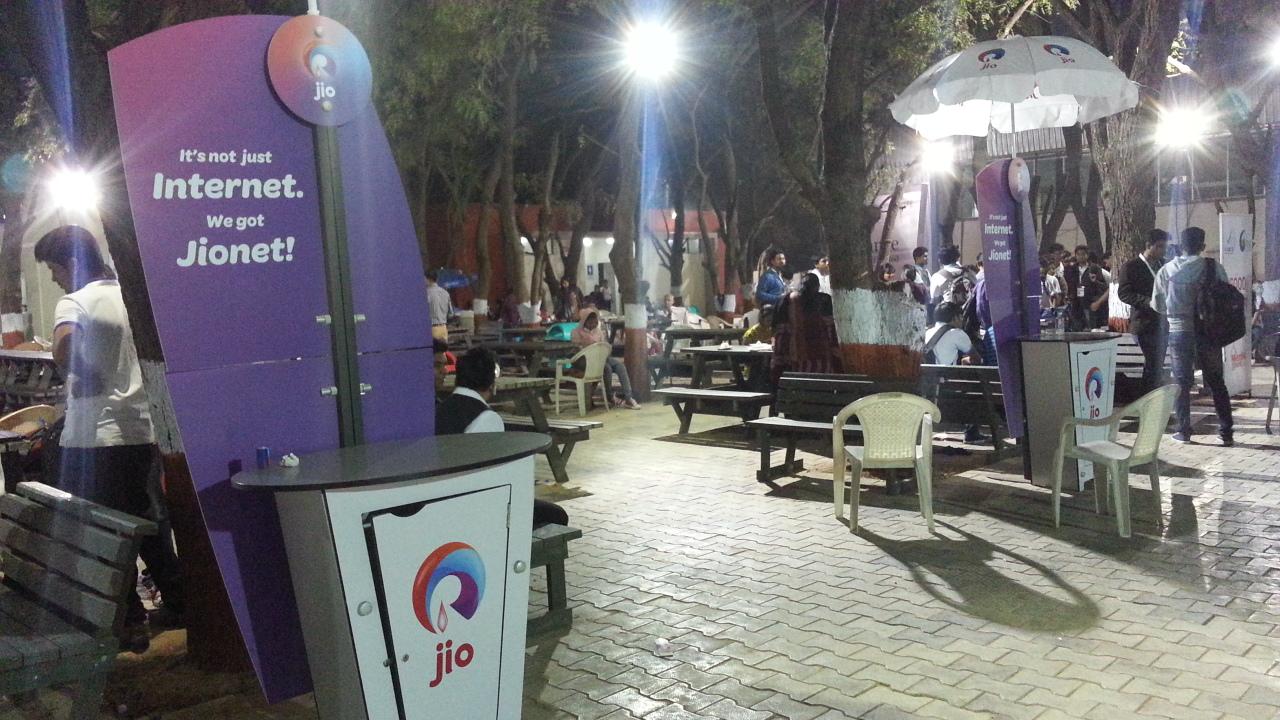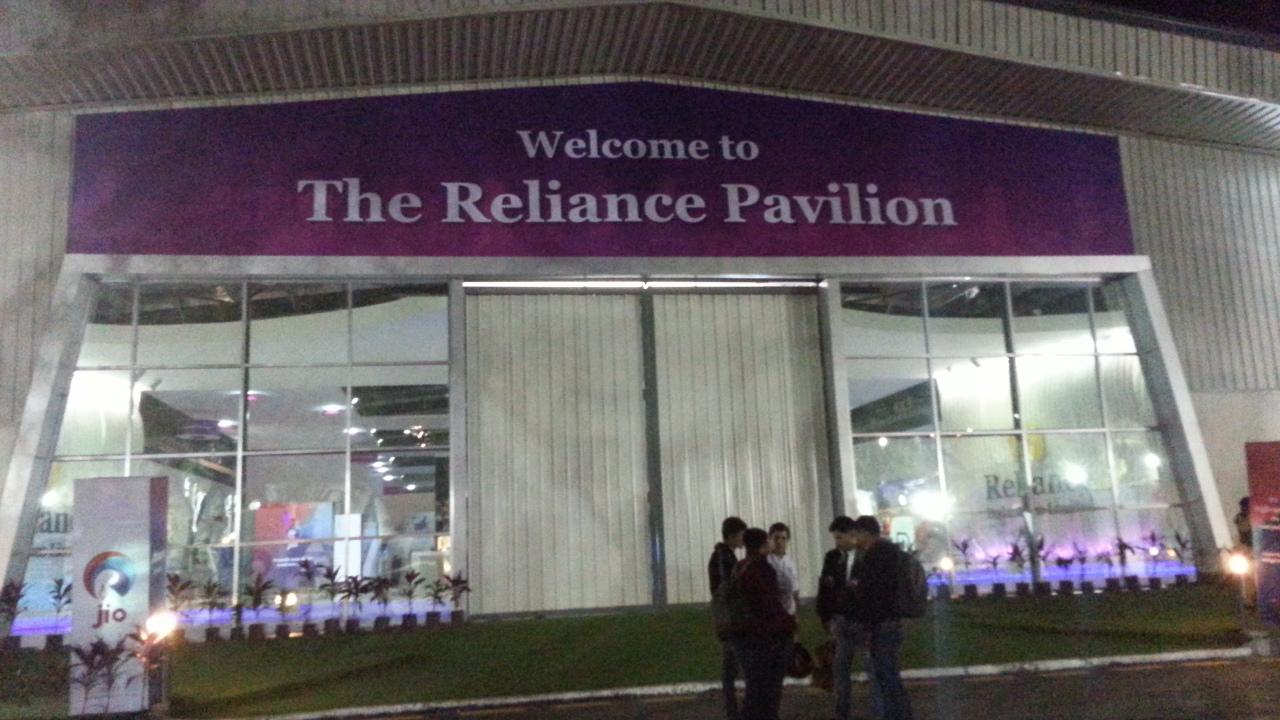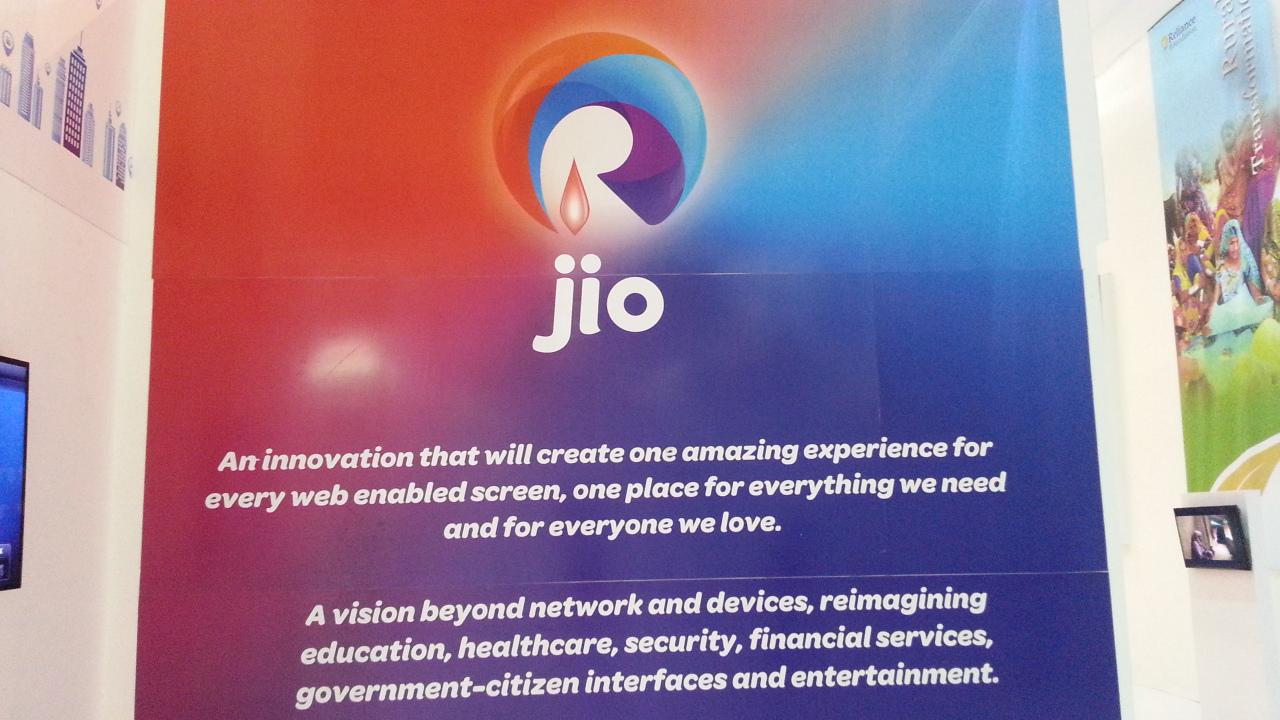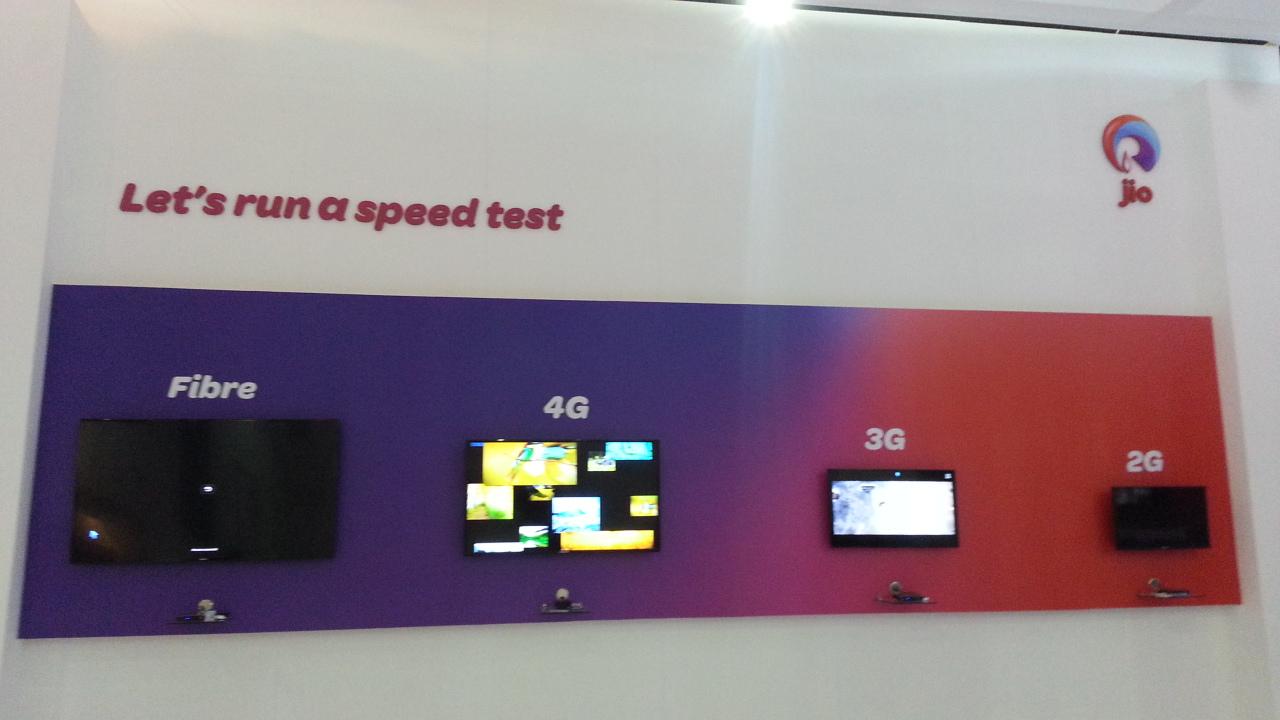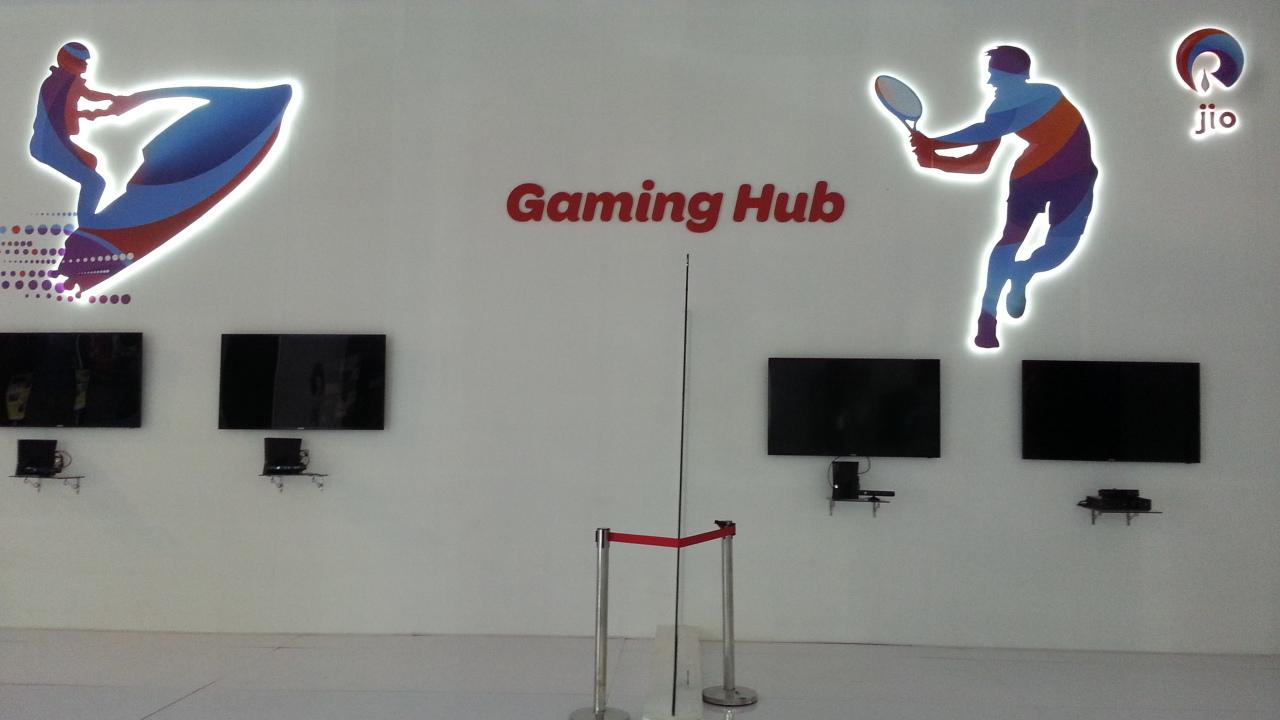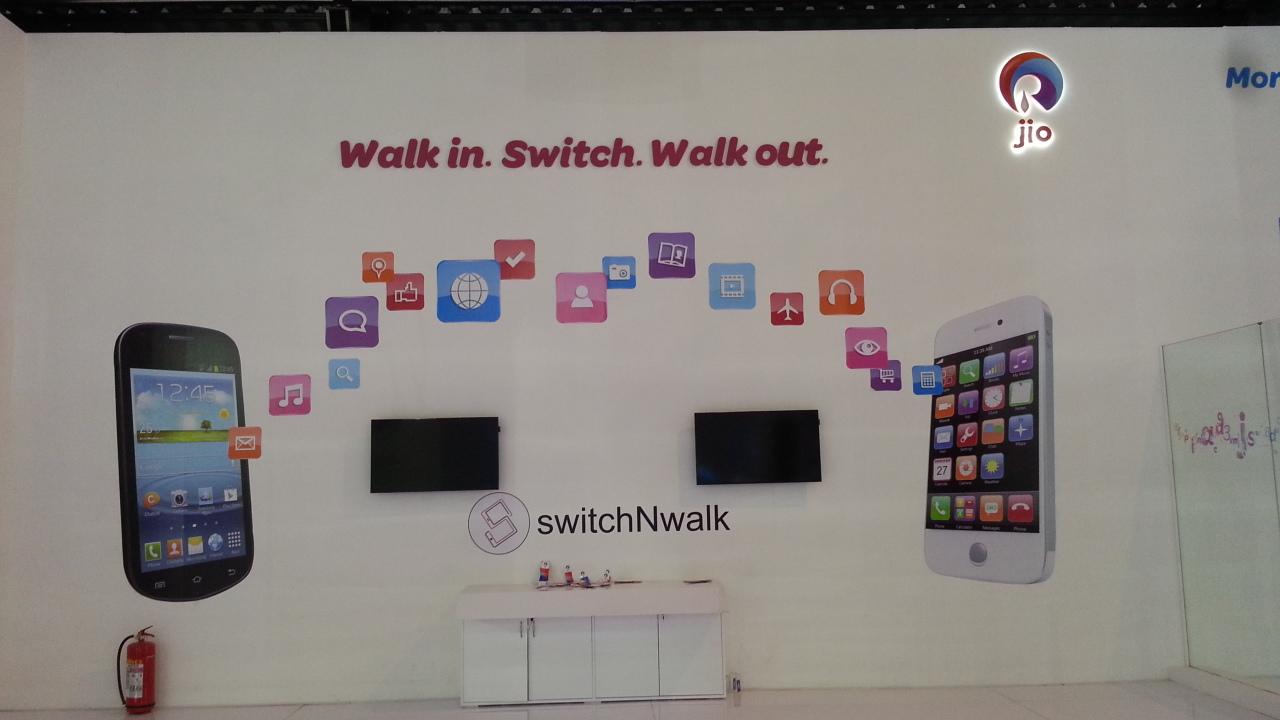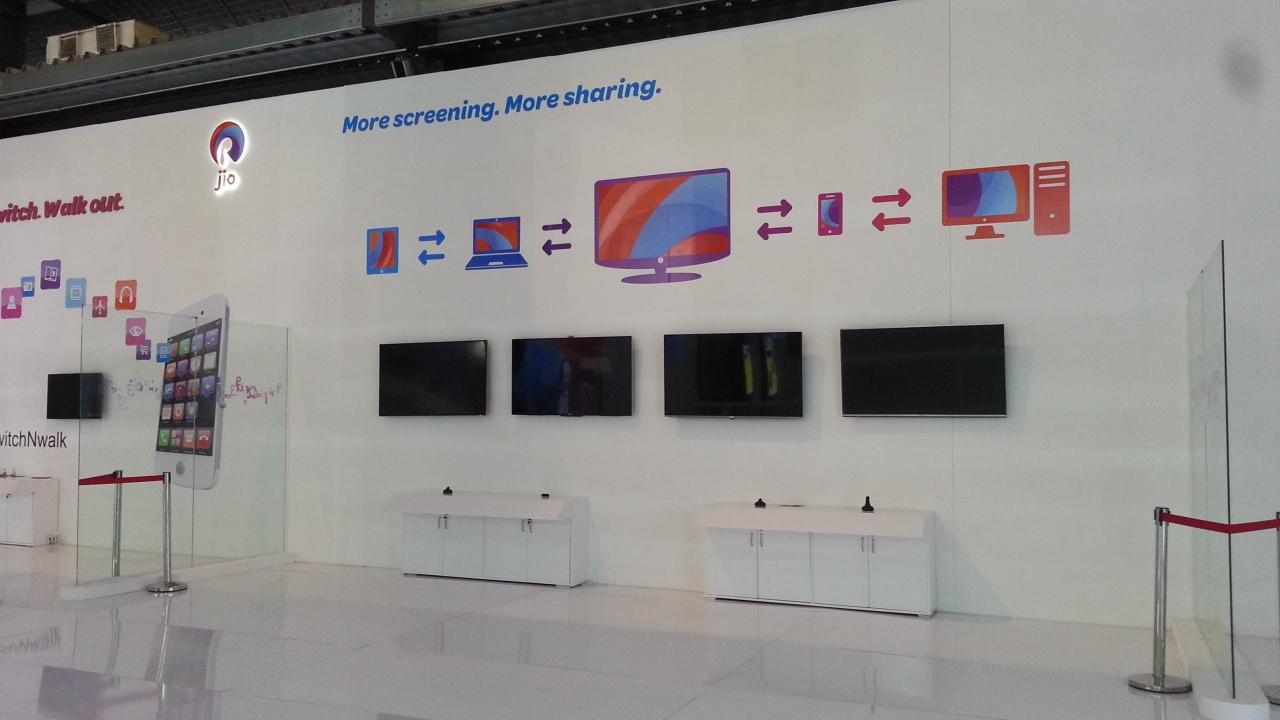Kolkata is set to become India's first fully Wi-Fi-enabled metro with a private operator launching the service from Park Street on February 5 and then rolling it out in a phased manner across 144 municipal wards. The whole city is expected to come under Wi-Fi coverage by Bengali New Year in mid-April.
Chief minister Mamata Banerjee made the surprise announcement at the inauguration of the Kolkata book fair on Tuesday evening. "Delighted to announce that #Kolkata will become India's first fully Wi-Fi enabled metro city in the next 2-3 months. Park St from Feb 5," the CM tweeted after making the announcement.
In an obvious reference to the Centre's ambitious Digital India programme, party spokesperson Derek O'Brien tweeted immediately, "Let others talk about Digital India. We just delivered Digital Kolkata."
Trinamool sources said Mamata was keen to do something that would be viewed as a game-changer to not only alter the perception about Kolkata but also change the image of her government as one that is passive and embroiled in corruption to progressive. "With Wi-Fi service, the party will be able to bridge the divide and disconnect with urban youths, something that BJP was taking advantage of. Wi-Fi will be Trinamool's 'killer app'," a Trinamool leader said.To begin with, users of smart phones, tablets, laptops and other Wi-Fi-enabled devices travelling through Park Street, Loudon Street, Royd Street, Sudder Street and adjoining localities will be to access the service. Mayor Sovan Chatterjee who was entrusted to ensure that the service delivery deadline is met, told TOI the Kolkata Municipal Corporation would monitor the progress of Wi-Fi rollout and give it due priority.
Sources in Trinamool Congress said Mamata was keen to do something that would be viewed as a game-changer to not only alter the perception about Kolkata but also change the image of her government as one that is passive and embroiled in corruption to progressive.
"With Wi-Fi service, the party will be able to bridge the divide and disconnect with urban youths, something that BJP was taking advantage of. Wi-Fi will be Trinamool's 'killer app'," a Trinamool leader said.
With service provider Reliance JIO's officials, including business development head (east) Tarun Jhunjhunwala unavailable for comment, it wasn't clear how the company would provide the expensive service free. But sources in the industry said the Mukesh Ambani-owned company with deep pockets would offer WiFi free during the trial period when the service is being rolled out across the city. Later, the free time may be reduced to 30 minutes in a day or even less as price packages are introduced. Reliance JIO is believed to offer the service free-of-cost to ministers, bureaucrats and police.
"Reliance will not only get a first-mover advantage, there will be many who will get so used to the fast WiFi service by then that they will find it impossible to revert to 3G that will appear too slow," an industry expert said, pointing out that the company had already received a huge carriage fee waiver from KMC for laying the optic fibre cables for its 4G network.
Rival cellular operators are skeptical about the feasibility and business viability in a city like Kolkata where less than 1 lakh persons have 4G handsets and the average disposable income is low. "The ecosystem for such high-end services is not ready in Kolkata. Carrying out such a gigantic investment may prove costly," a telecom expert said.
Bharti Airtel and Vodafone have not hinted at any plans to make such Wi-Fi forays in Kolkata in the near future. Bharti Airtel did launch 4G Wi-Fi-enabled buses but it failed to catch the imagination of commuters.
Source: TOI
Chief minister Mamata Banerjee made the surprise announcement at the inauguration of the Kolkata book fair on Tuesday evening. "Delighted to announce that #Kolkata will become India's first fully Wi-Fi enabled metro city in the next 2-3 months. Park St from Feb 5," the CM tweeted after making the announcement.
In an obvious reference to the Centre's ambitious Digital India programme, party spokesperson Derek O'Brien tweeted immediately, "Let others talk about Digital India. We just delivered Digital Kolkata."
Trinamool sources said Mamata was keen to do something that would be viewed as a game-changer to not only alter the perception about Kolkata but also change the image of her government as one that is passive and embroiled in corruption to progressive. "With Wi-Fi service, the party will be able to bridge the divide and disconnect with urban youths, something that BJP was taking advantage of. Wi-Fi will be Trinamool's 'killer app'," a Trinamool leader said.To begin with, users of smart phones, tablets, laptops and other Wi-Fi-enabled devices travelling through Park Street, Loudon Street, Royd Street, Sudder Street and adjoining localities will be to access the service. Mayor Sovan Chatterjee who was entrusted to ensure that the service delivery deadline is met, told TOI the Kolkata Municipal Corporation would monitor the progress of Wi-Fi rollout and give it due priority.
Sources in Trinamool Congress said Mamata was keen to do something that would be viewed as a game-changer to not only alter the perception about Kolkata but also change the image of her government as one that is passive and embroiled in corruption to progressive.
"With Wi-Fi service, the party will be able to bridge the divide and disconnect with urban youths, something that BJP was taking advantage of. Wi-Fi will be Trinamool's 'killer app'," a Trinamool leader said.
With service provider Reliance JIO's officials, including business development head (east) Tarun Jhunjhunwala unavailable for comment, it wasn't clear how the company would provide the expensive service free. But sources in the industry said the Mukesh Ambani-owned company with deep pockets would offer WiFi free during the trial period when the service is being rolled out across the city. Later, the free time may be reduced to 30 minutes in a day or even less as price packages are introduced. Reliance JIO is believed to offer the service free-of-cost to ministers, bureaucrats and police.
"Reliance will not only get a first-mover advantage, there will be many who will get so used to the fast WiFi service by then that they will find it impossible to revert to 3G that will appear too slow," an industry expert said, pointing out that the company had already received a huge carriage fee waiver from KMC for laying the optic fibre cables for its 4G network.
Rival cellular operators are skeptical about the feasibility and business viability in a city like Kolkata where less than 1 lakh persons have 4G handsets and the average disposable income is low. "The ecosystem for such high-end services is not ready in Kolkata. Carrying out such a gigantic investment may prove costly," a telecom expert said.
Bharti Airtel and Vodafone have not hinted at any plans to make such Wi-Fi forays in Kolkata in the near future. Bharti Airtel did launch 4G Wi-Fi-enabled buses but it failed to catch the imagination of commuters.
Source: TOI
